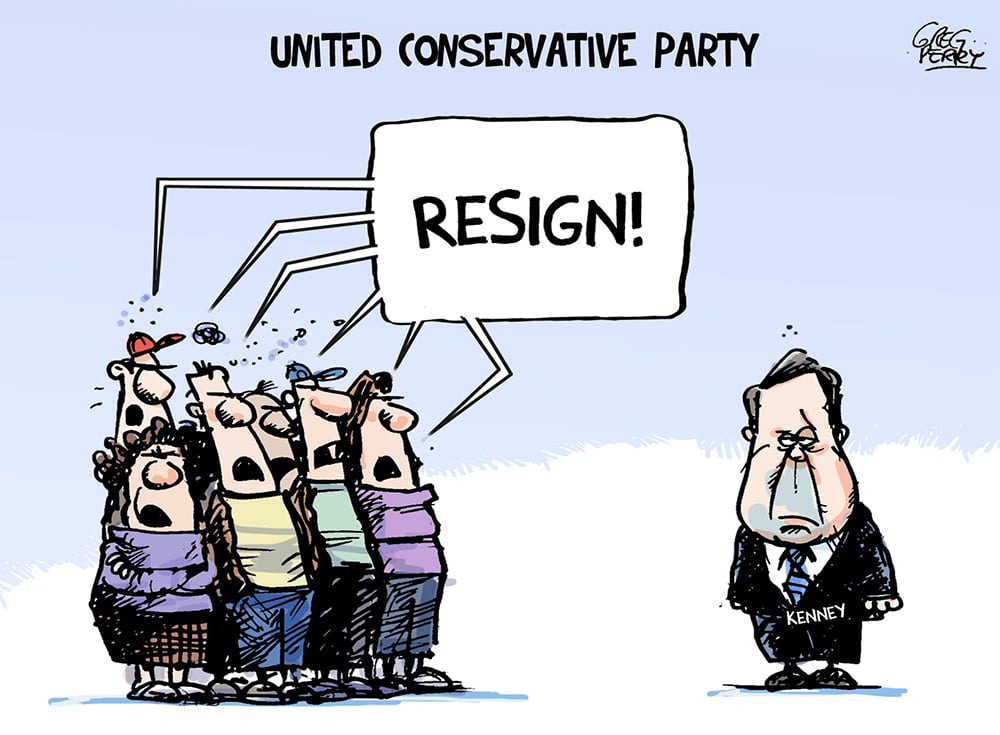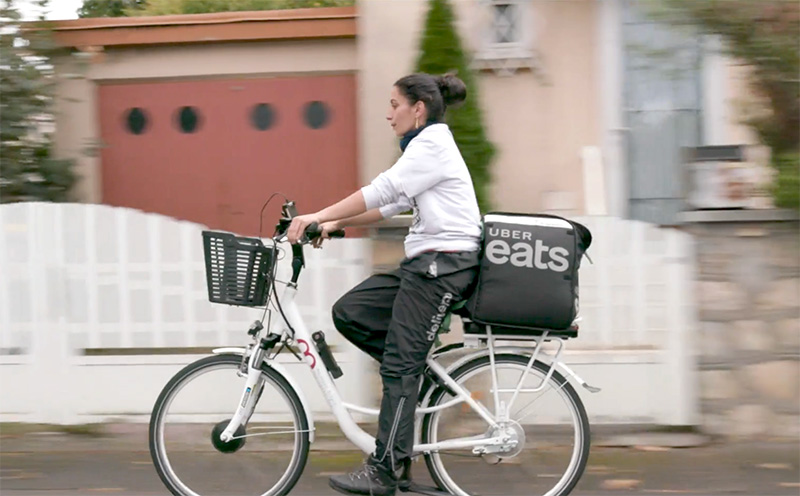Brandon Doucet
May 12, 2021

This past week, NDP MP Jack Harris introduced a private member's bill aiming to address a glaring gap in our universal health-care system. The bill proposed that dental insurance be provided to households that presently lack dental insurance and make less than $90,000 per year. Harris views this as an interim measure until dental care can be included in Canada's universal health-care system.
A public dental plan is urgently needed. The financial hardship caused by the COVID-19 pandemic has led to more unemployment and many are working reduced hours. This results in a loss of dental coverage for many people as well as less disposable income to pay for dental procedures out of pocket. The current safety net for dental care is inadequate, with only 5 per cent coming from targeted government programs. This number is even lower than the 10 per cent spent in the U.S. on public programs.
The targeted programs vary between provinces, but they tend to cover people on social services, low-income children as well as the federal government funding a dental plan for Indigenous peoples. As these targeted programs are underfunded, many in need fall through the gaps, and those who rely on the programs often struggle finding a dentist who will accept them.
In order for this much-needed bill to become reality, the NDP would need to have the support of the Liberals, who have signalled that they will not support the bill. Health Minister Patty Hajdu claims that the data is both limited and dated. Granted, while some of the data addressing access to dental care is several years old, the need for this program is clearly indicated.
Since dental care is private in Canada, many people with low and middle incomes are unable to access routine care. In 2018, one in three Canadians lacked dental insurance and over one in five avoid the dentist each year due to financial constraints. This lack of access is a serious problem. When preventative cleanings and early treatment are neglected, oral health deteriorates, which has consequences that extend beyond the mouth.
Poor oral health has been shown to cause or worsen many general health conditions like heart disease and diabetes, among others. Missing front teeth or visible decay can make it difficult to find employment. Further, living with dental pain can make it difficult to sleep or to focus at work.
When people are unable to afford dental care, they often end up turning to their doctor for relief. In 2014, doctors' offices were visited every three minutes and emergency departments every nine minutes by patients seeking treatment for dental pain. Nationwide, this problem is estimated to cost $150 million annually, while patients are left still needing treatment by a dentist.
Economic trends show the number of people who are uninsured is rising as many retire and lose work-related benefits. Additionally, more people work in the precarious gig economy, which does not provide benefits like dental insurance.
The financial hardship caused by the COVID-19 pandemic has only made things worse. Before the pandemic in 2019, the parliamentary budget officer (PBO) estimated this dental plan would help 4.2 million people. An updated estimate from the PBO in October 2020 showed this number jumping to 6.5 million as people lost income and employment during the pandemic.
The dental plan is estimated to cost $1.5 billion per year. With only half a per cent increase in health-care spending, a lot of dental neglect and the resulting pain and suffering could be alleviated or even prevented. Further, the plan could ease some of the financial hardships Canadians are facing by allowing people to use their health card rather than their credit card to access dental care.
Through implementation of a wealth tax, this plan can be paid for by more affluent Canadians, whose wealth has increased by a staggering $78 billion during the pandemic.
Given the indisputable evidence supporting the need for the proposed bill, it is clear that if the Liberals truly cared about access to dental care, they would support the modest NDP plan. With a 2019 poll showing 86 per cent of Canadians are in support of a dental plan for the uninsured, it is time the Liberals to put some teeth into medicare.
Brandon Doucet is a dentist practising in Nova Scotia with interests in surgery and public health and the founder of Coalition for Dentalcare.
Image credit: StockSnap/PixabayFURTHER READING
Smile with Dignity: A social justice perspective on dental care
A close look at the Alliance for People's Health Smile with Dignity Campaign, featuring interviews with members of VANDU, Bruce Wallace, Martha Roberts and Melanie Roberts.
2.3 million people in Ontario cannot afford dental care
Demand that Ontario extend public dental programs.
Canada's pseudo-health-care system relies on people getting sick, not staying well
Federal and most provincial governments continue to deny many thousands of citizens the basic preventive and protective health services that are standard practice in most other advanced nations.






 Cartoon by Greg Perry.
Cartoon by Greg Perry.


